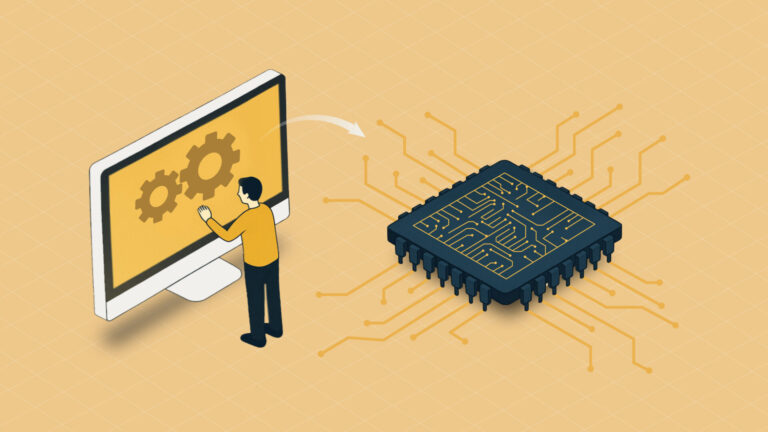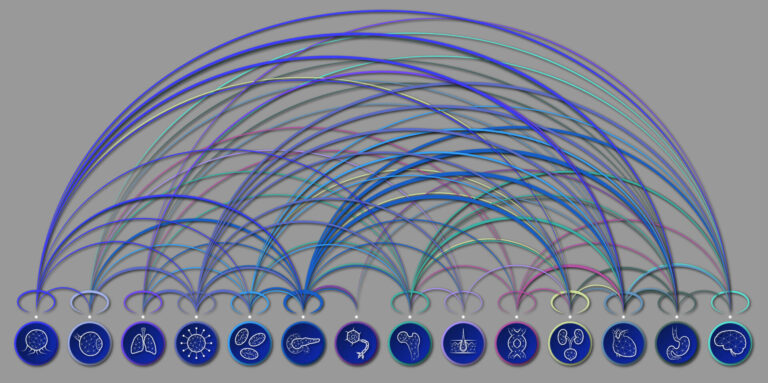Computer Science
AI helps diagnose post-COVID lung problems
Tool reveals hidden features on chest scan images.

A new computer-aided diagnostic tool developed by KAUST scientists could help overcome some of the challenges of monitoring lung health following viral infection.
Like other respiratory illnesses, COVID-19 can cause lasting harm to the lungs, but doctors have struggled to visualize this damage. Conventional chest scans do not reliably detect signs of lung scarring and other pulmonary abnormalities, which makes it difficult to track the health and recovery of people with persistent breathing problems and other post-COVID complications.
The new method developed by KAUST — known as Deep-Lung Parenchyma-Enhancing (DLPE) — overlays artificial intelligence algorithms on top of standard chest imaging data to reveal otherwise indiscernible visual features indicative of lung dysfunction.
Through DLPE augmentation, “radiologists can discover and analyze novel sub-visual lung lesions,” says computer scientist and computational biologist Xin Gao. “Analysis of these lesions could then help explain patients’ respiratory symptoms,” allowing for better disease management and treatment, he adds.
Gao and members of his Structural and Functional Bioinformatics Group and the Computational Bioscience Research Center created the tool, along with artificial intelligence researcher and current KAUST Provost Lawrence Carin and clinical collaborators from Harbin Medical University in China.
The method first eliminates any anatomical features not associated with the lung parenchyma; the tissues involved in gas exchange serve as the main sites of COVID-19–induced damage. That means removing airways and blood vessels, and then enhancing the pictures of what is left behind to expose lesions that might be missed without the computer’s help.
The researchers trained and validated their algorithms using computed tomography (CT) chest scans from thousands of people hospitalized with COVID-19 in China. They refined the method with input from expert radiologists and then applied DLPE in a prospective fashion for dozens of COVID-19 survivors with lung problems, all of whom had experienced severe disease requiring intensive care treatment.
In this way, Gao and his colleagues demonstrated that the tool could reveal signs of pulmonary fibrosis in COVID long-haulers, thus helping to account for shortness of breath, coughing and other lung troubles. A diagnosis, he suggests, that would be impossible with standard CT image analytics.
“With DLPE, for the first time, we proved that long-term CT lesions can explain such symptoms,” he says. “Thus, treatments for fibrosis may be very effective at addressing the long-term respiratory complications of COVID-19.”
Although the KAUST team developed DLPE primarily with post-COVID recovery in mind, they also tested the platform on chest scans taken from people with various other lung problems, including pneumonia, tuberculosis and lung cancer. The researchers showed how their tool could serve as a broad diagnostic aide for all lung diseases, empowering radiologists to, as Gao puts it, “see the unseen.”
References
- Zhou, L., Meng, X., Huang, Y., Kang, K., Zhou, J., Chu, Y., Li, H., Xie, D., Zhang, J., Yang, W., Bai, N., Zhao, Y., Zhao, M., Wang, G., Carin, L., Xiao, X., Yu, K., Qiu, Z. & Gao, X. An interpretable deep learning workflow for discovering sub-visual abnormalities in CT scans of COVID-19 inpatients and survivors. Nature Machine Intelligence 4, 494–503 (2022).| article
You might also like

Computer Science
Green quantum computing takes to the skies

Computer Science
Probing the internet’s hidden middleboxes

Bioscience
AI speeds up human embryo model research

Computer Science
Improving chip design on every level

Computer Science
Sweat-sniffing sensor could make workouts smarter

Computer Science
A blindfold approach improves machine learning privacy

Computer Science
AI tool maps hidden links between diseases

Bioscience




